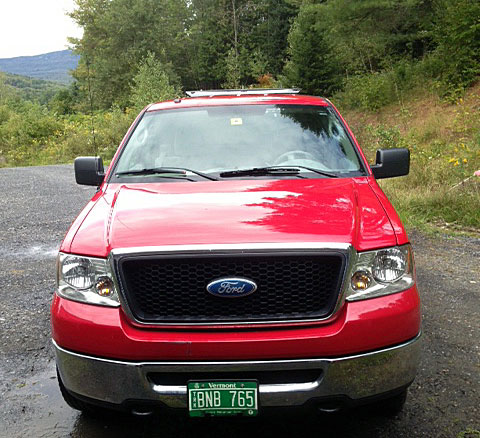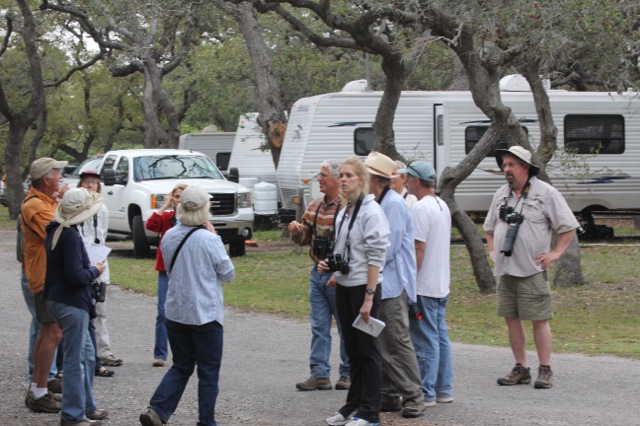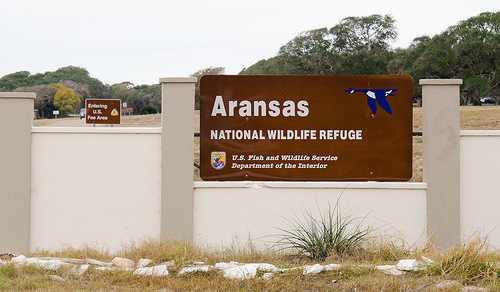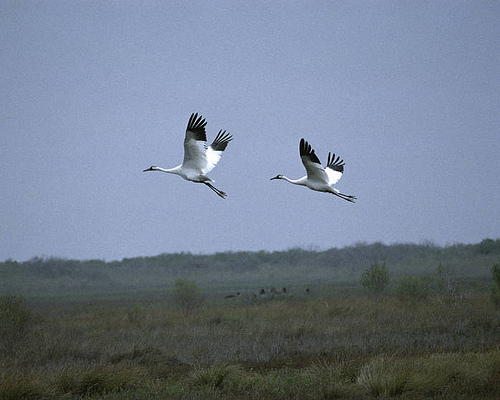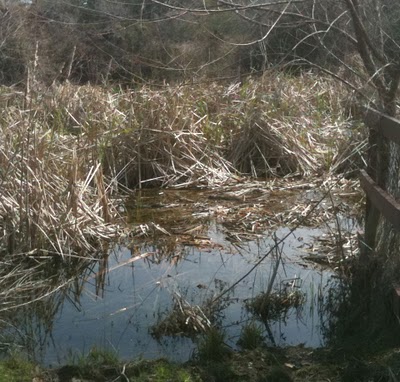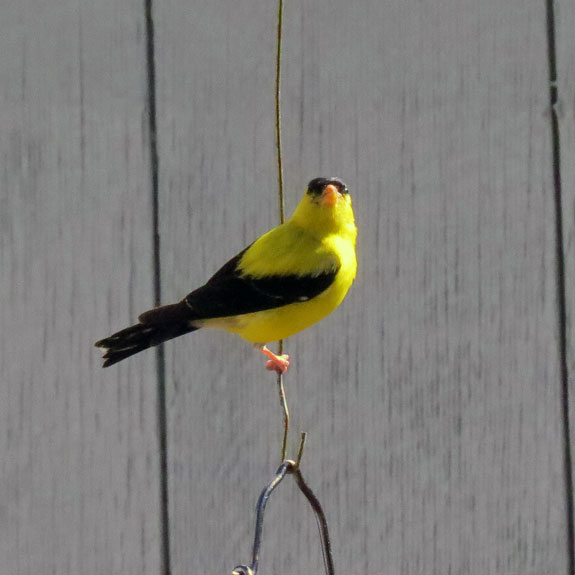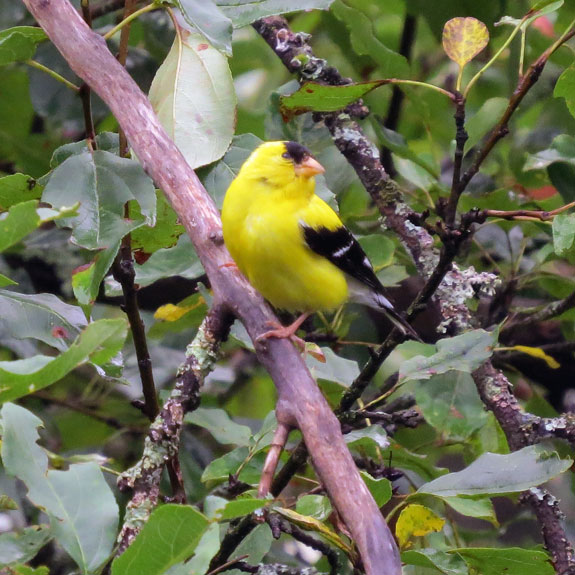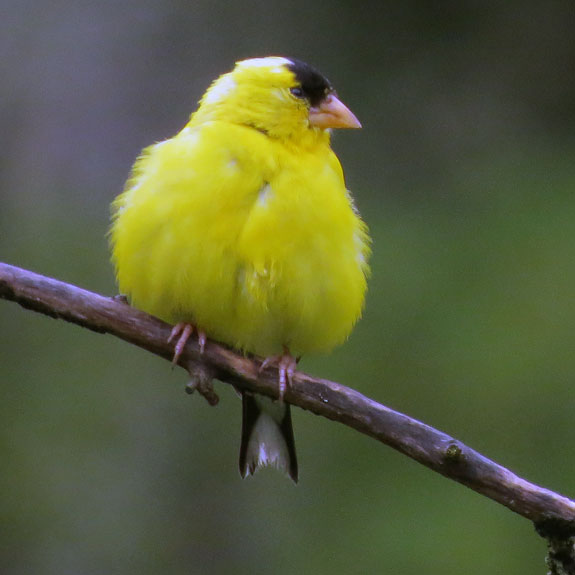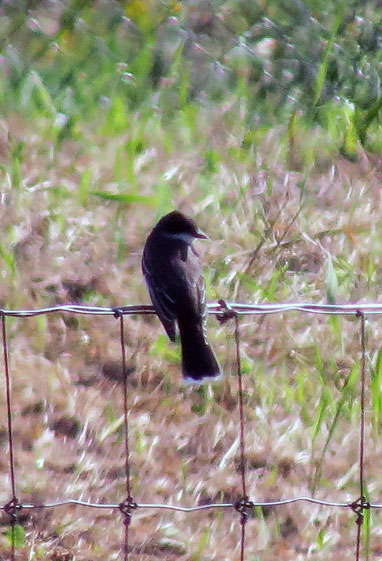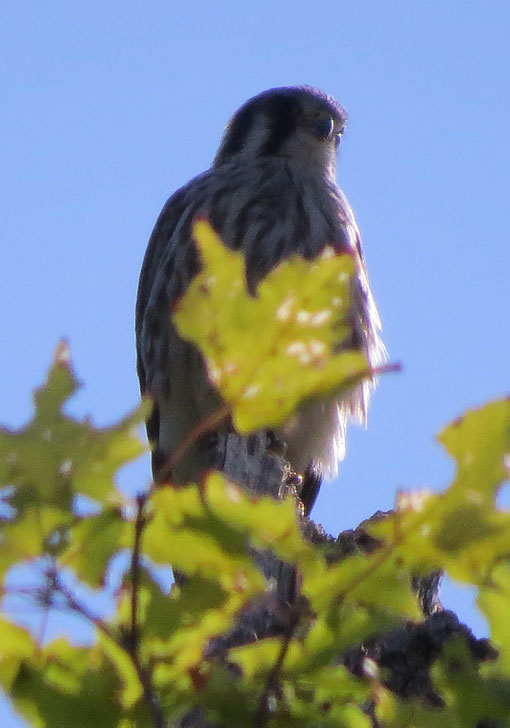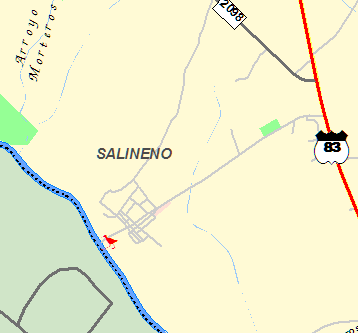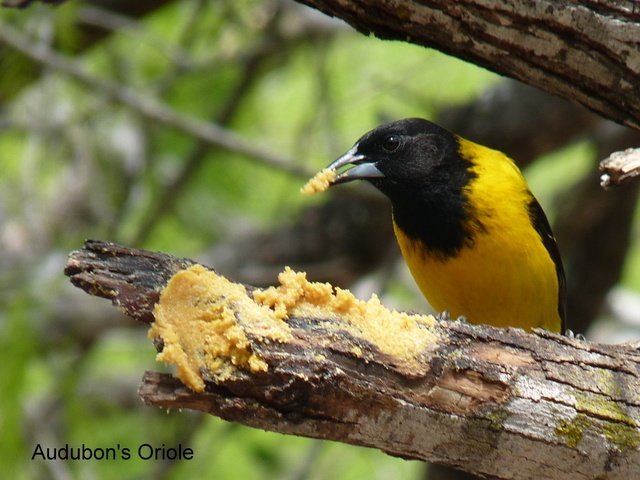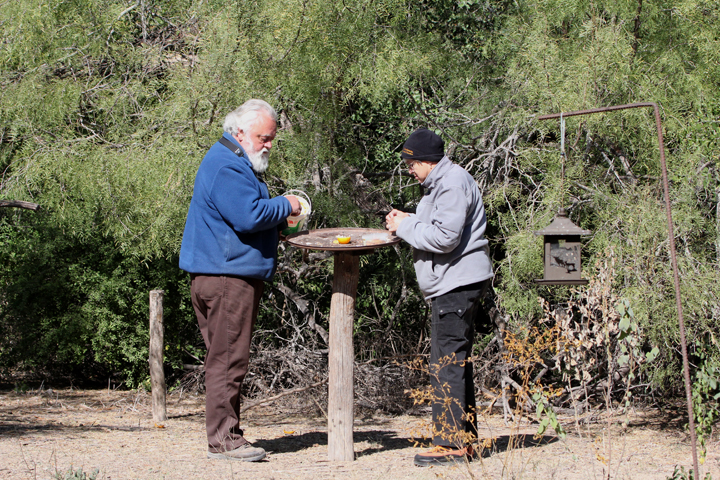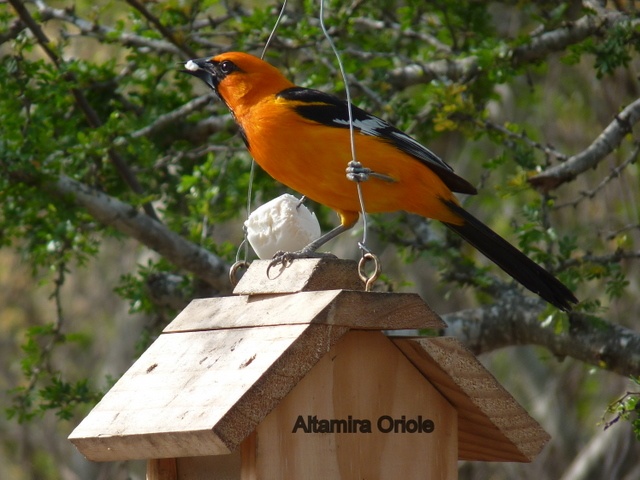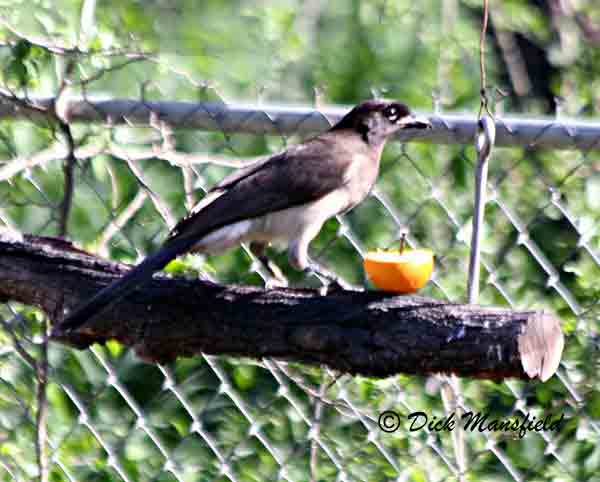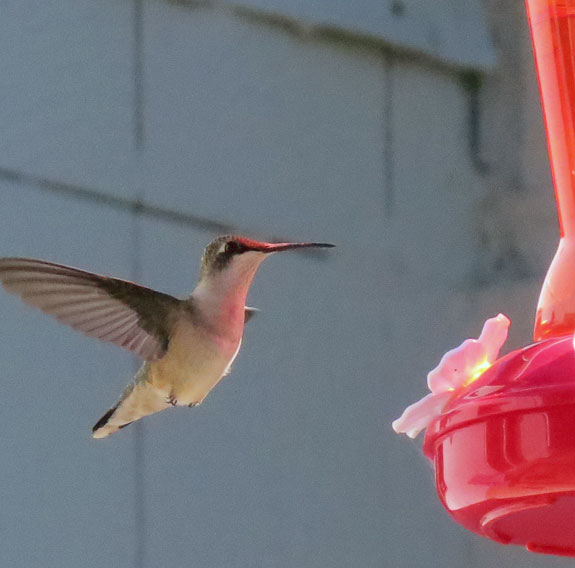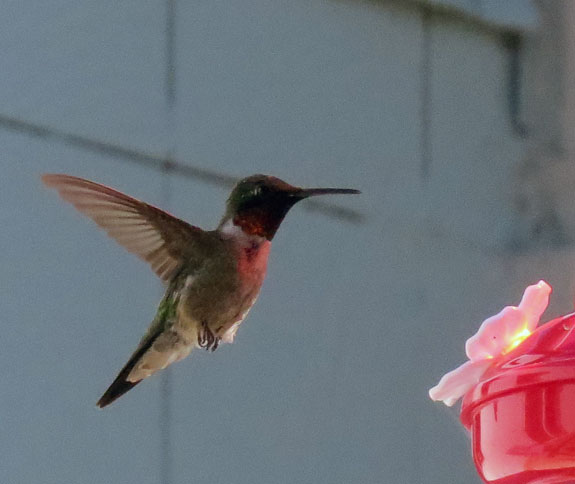The 2007 Ford truck that we bought used in 2009 has been one of the best vehicles I’ve ever owned. We have hauled the Airstream to Texas with it three times and it has handled our tough Vermont driveway and backroads nicely. It’s getting on in mileage — mid 80K — and I’ve been thinking about replacing it. However, the two-month hiatus forced on me by the knee injury, operation, and slow recovery, had sort of put that project on the back burner. I did have files going and was watching not only Craigslist but also the inventory of local dealers.
About two years ago, my younger brother bought a new Ford F-150 with the Eco-Boost V6 and has made several trips south with it. I was intrigued by the system, about which I’ve read good things, but also put off by the cost of new trucks. I knew that I’d take a beating on trading in (or private sale) since our dog (well, my dog when she does this stuff!) had chewed up door liners as well as a nasty chunk of the soft wool headliner. She gets anxious when we leave her too long and while she’s better, and we are smarter about it, the damage is there. Everything else with the truck was good for a six-year old truck.
So, I was vacillating about holding on for another year when I got a text Monday from Barry saying that he was in town and wanted to swing by to check my Airstream polishing project, and my health. He showed up with his grey Ford and we got to talking about various things — particularly how he loved the performance of his F-150. Having driven Tundras for years, he was surprised that he’d turned into a Ford fan.
His visit got me on the replacement thinking again and I did another online review of trucks available locally. Not much looked like it had the towing specs I was looking for but yesterday morning, I took Penny and we did a few errands and then dropped by the Ford dealer. It was a busy place — they are launching some Fall sales campaign – but they invited me to bring Penny in. Of course, she was the star of the show, garnering attention from particularly the young women, but slipped her collar and ran off to check out other parts of the facility. I chased her through cubicles, behind counters, down parts aisles — and finally caught her and put her collar on a little tighter. No one was very freaked out – they thought it was cool.
So, I met with a sales guy, Ian, with whom I had had a short phone and email exchange a few weeks ago. I gave him my requirements list and said that didn’t see anything that he had that fit the bill. He responded, “Does it have to be new, Dick?” He then described a year-old truck that they just took in because the owner needed a crew cab instead of the smaller super cab. To cut to the chase, it sounded like just what I was looking for. We loaded up Penny, went for a test drive, and within an hour or so, had a deal. I came back and closed the deal yesterday afternoon, and ready or not, have a new-to-us silver Ford in the garage. I think it was a fair deal and will make us a wonderful truck to tow the Airstream – and with the trees turning and winter nearing, it was good to “Just Do It.”

